- 1300 007 308
- info@ridapest.com.au
- Open 24 hours, 7 Days a week
Exploring the Fascinating World of Australian Rodents
Back to BlogTable of Contents
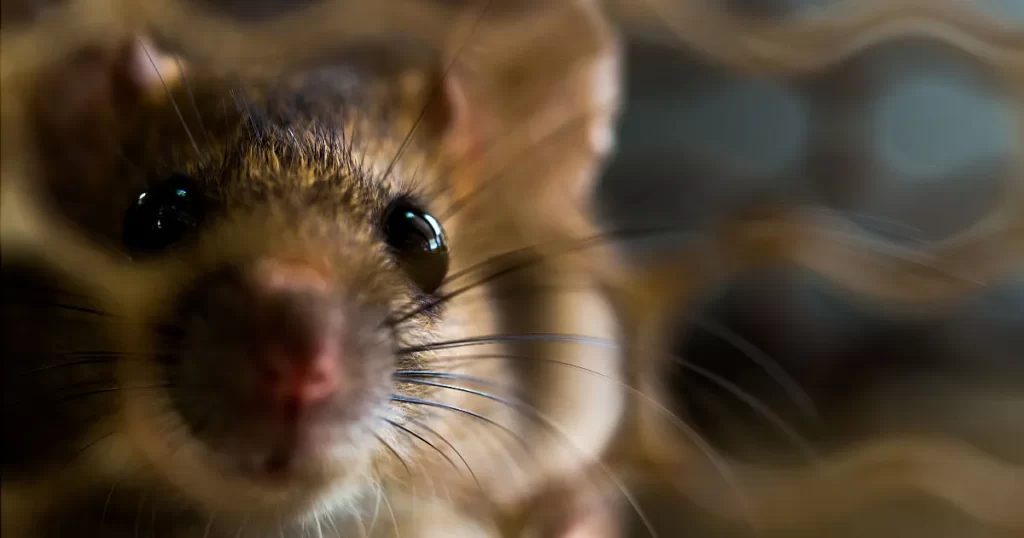
Introduction
Welcome to the mesmerizing world of Australian rodents. In the depths of the Australian wilderness, Antechinus, a collection of small, mouse-like marsupials, reveal themselves to those with a keen eye. From the elusive dunnarts to the long-nosed potoroos, from the unassuming house mouse to the enchanting black, brown, and bush rats, these captivating creatures beckon us to unravel their mysteries.
Prepare to be enthralled by their distinctive biology and spellbound by their intriguing behaviors. This blog post serves as a gateway to a realm of wonder, extending an invitation to all those who possess a curious spirit.
Together, we will embark on a journey into the diverse and intricate universe of Antechinus species. We will peel back the layers, delving into the fascinating adaptations and captivating mating rituals that make them truly extraordinary. In doing so, we will uncover the hidden truths that lie beneath their seemingly ordinary exteriors.
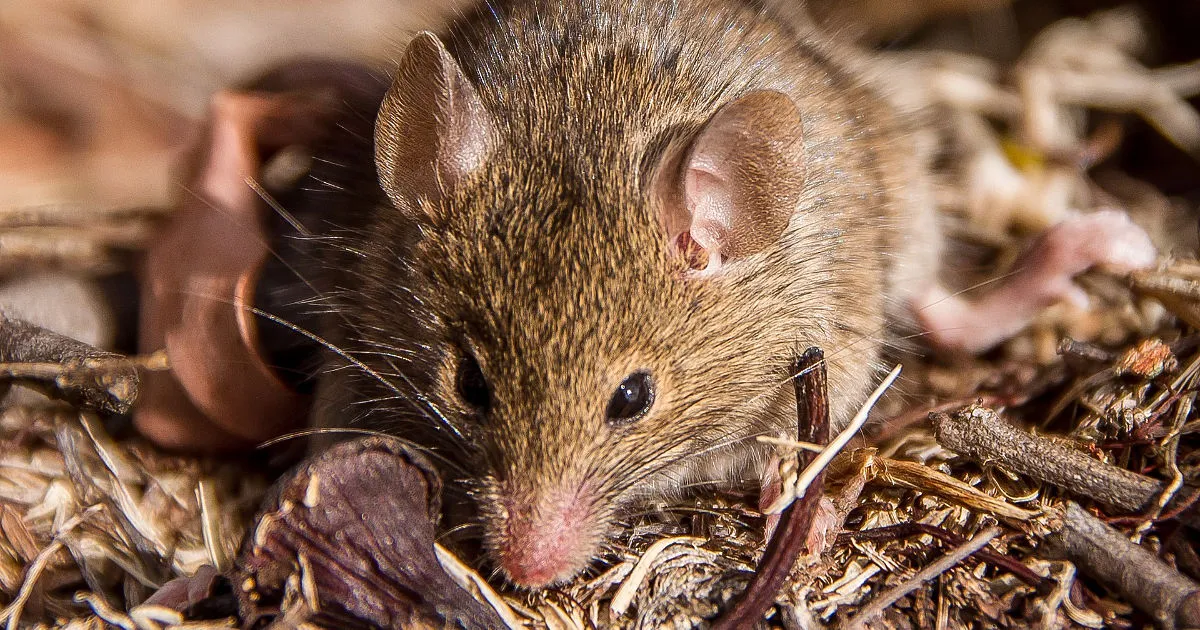
Antechinus
The Antechinus is a small marsupial that belongs to the family of dasyurids, and can be found in various regions of Australia. These small creatures are known for their short lifespan, which lasts only for about one year.
During this period, antechinus mate frequently leading to a high mortality rate among males due to exhaustion. They are considered an essential part of the ecosystem as they help control pest population by preying on rats and mice.
They are particularly skilled at hunting small-rat-like rodents and are great allies when it comes to protecting human dwellings from infestation. Unfortunately, antechinus populations have been threatened by the introduction of non-native species such as black rats and brown rats, which compete with them for resources such as food and shelter.
As a result, conservation efforts have been put in place to protect these native species from extinction. Despite these challenges, antechinus continue to play an important role in the Australian ecosystem as efficient hunters who help keep pest populations under control.
| Feature | Description |
| Scientific name | Antechinus |
| Common names | Antechinus, marsupial mouse |
| Family | Dasyuridae |
| Order | Dasyuromorphia |
| Class | Mammalia |
| Size | 10-15 centimetres long, with a tail that is about the same length as their body |
| Appearance | Pointed snout, large ears, and a long tail. Fur is usually gray or brown, with a white belly |
| Habitat | Forests, woodlands, and grasslands |
| Diet | Insects, spiders, and other small animals |
| Behaviour | Solitary animals, but they come together to breed |
| Reproduction | Males die after breeding season. Females give birth to a litter of 5-10 young, which will nurse for about 60 days |
| Conservation status | Declining in numbers due to habitat loss, predation, and competition from introduced species. Listed as vulnerable or endangered in some parts of their range |
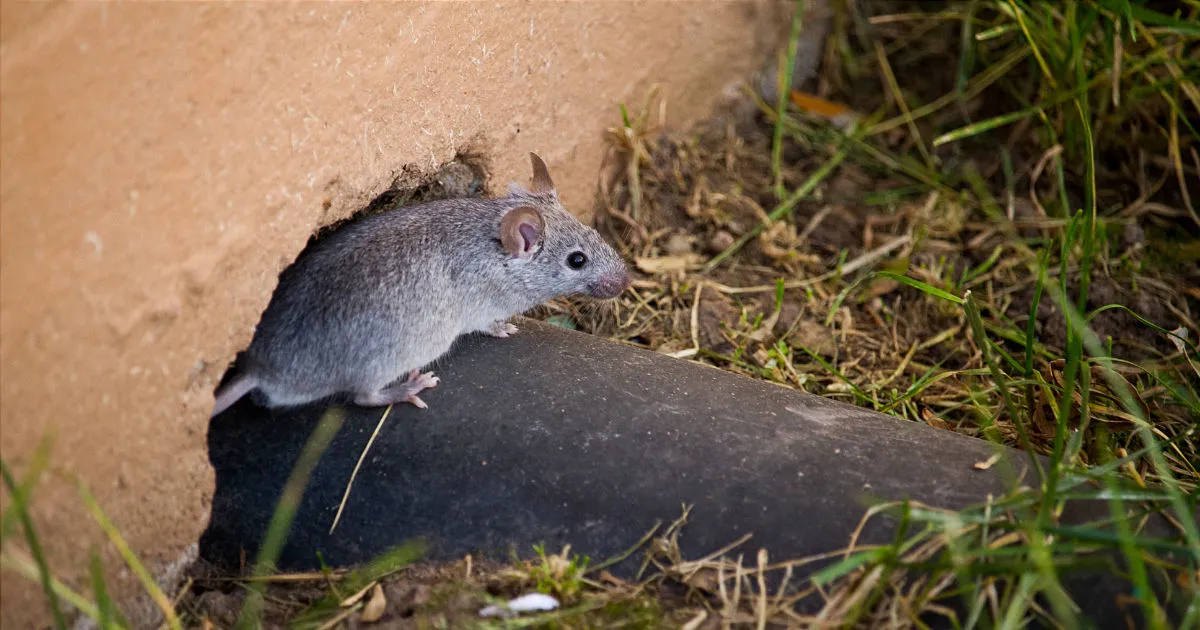
Common dunnart
The common dunnart (Sminthopsis murina) is a small, carnivorous marsupial native to Australia. It is often compared to a small-rat like appearance.
They are typically found in arid and semi-arid regions of the continent and are known for their adaptation to desert environments. The common dunnart is nocturnal and spends most of its time foraging for insects, spiders, and other small invertebrates.
Despite its small size, the common dunnart has been known to consume rodents as well, including mice and rats. However, this behaviour is rare as they primarily feed on smaller prey.
The presence of common dunnarts can actually be beneficial in controlling rodent populations since they feed on the same insects that attract rodents. In terms of behaviour, the common dunnart is a solitary animal that only interacts with others during breeding season.
They construct burrows underground that serve as shelter during the day or when temperatures become too extreme. These burrows can also provide protection from larger predators like foxes or dingoes.
Overall, while the common dunnart may not directly impact rodent populations through predation, its natural diet helps control insect infestations which can attract rodents. Their unique adaptations to desert environments also make them an important part of Australia’s native species diversity.
| Feature | Description |
| Scientific name | Sminthopsis murina |
| Common name | Common dunnart |
| Size | Head-body length: 5-6 cm; Tail length: 7-8 cm; Weight: 3-6 g |
| Appearance | Brownish-grey fur on the back and sides, white fur on the belly; Long, thin tail; Sharp claws |
| Habitat | Woodlands, forests, grasslands, and deserts |
| Diet | Insects, spiders, and other small invertebrates |
| Behaviour | Nocturnal; Active year-round; Lives in burrows or under rocks; Solitary or social; Breeding season: spring and summer; Gestation period: 14-16 days; Litter size: 2-6 young |
| Conservation status | Least concern |
| Distribution | Australia, New Guinea, and Indonesia |
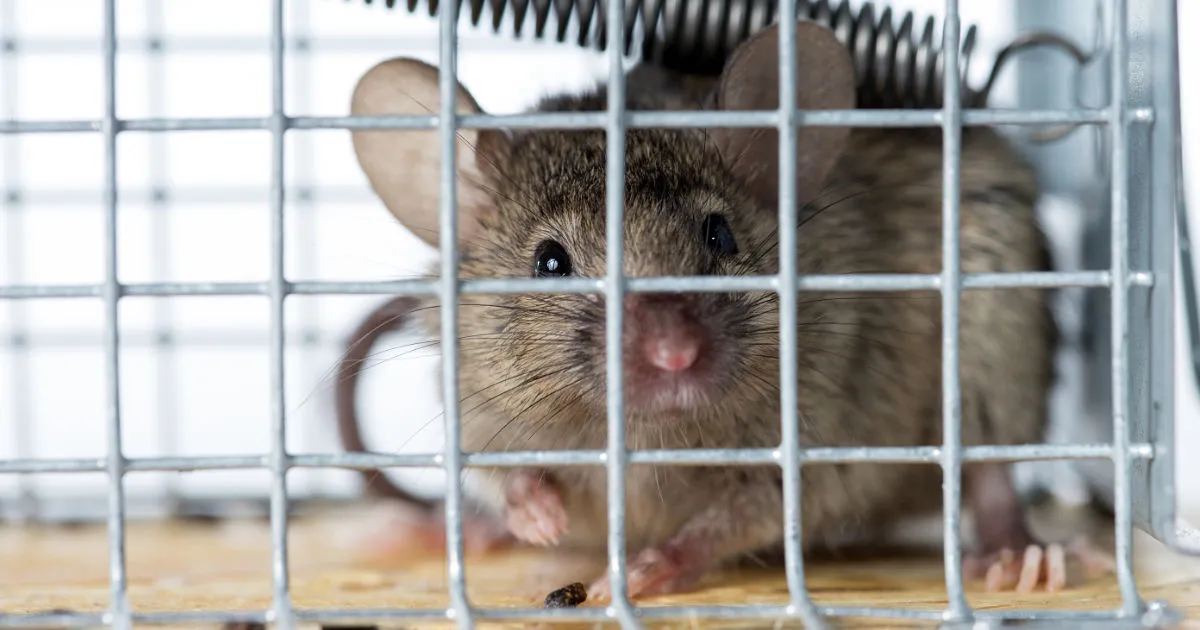
Long-nosed potoroo
is a small marsupial that belongs to the Potoroidae family. It is widely distributed in the southeastern Australia region, particularly in Victoria and New South Wales. The long-nosed potoroo is one of the native species in Australia that has suffered significant population declines due to habitat loss and predation by invasive species such as rats and mice.
The long-nosed potoroo has a small-rat like appearance with a distinctive pointed snout and long tail. It is primarily herbivorous, feeding on fungi, seeds, leaves, and insects.
The species’ preference for a specific type of habitat means it can be vulnerable to infestation by invasive rodents such as black rats and brown rats. In recent years, conservation efforts have been put in place to protect the remaining populations of long-nosed potoroos.
Habitat restoration programs have been initiated to provide suitable environments for these animals while also controlling invasive species populations. In addition, research on the impact of these conservation efforts shows positive signs of population recovery for the long-nosed potoroo.
Nonetheless, continued monitoring is needed to ensure survival rates are maintained at healthy levels over time. The long-nosed potoroo is an iconic native marsupial that plays an important role in Australia’s ecosystem.
| Feature | Description |
| Scientific name | Potorous tridactylus |
| Common name | Long-nosed potoroo |
| Size | Head-body length: 36-43 cm; Tail length: 20-26 cm; Weight: 1-1.6 kg |
| Appearance | Greyish-brown fur on the back and sides, light grey fur on the belly; Long, pointed snout; Small ears; Short tail |
| Habitat | Forests, woodlands, and heathlands |
| Diet | Fungi, roots, and small insects |
| Behaviour | Nocturnal; Active year-round; Lives in burrows or under logs; Solitary or social; Breeding season: spring and summer; Gestation period: 30-32 days; Litter size: 1-2 young |
| Conservation status | Vulnerable |
| Distribution | Southeastern Australia and Tasmania |
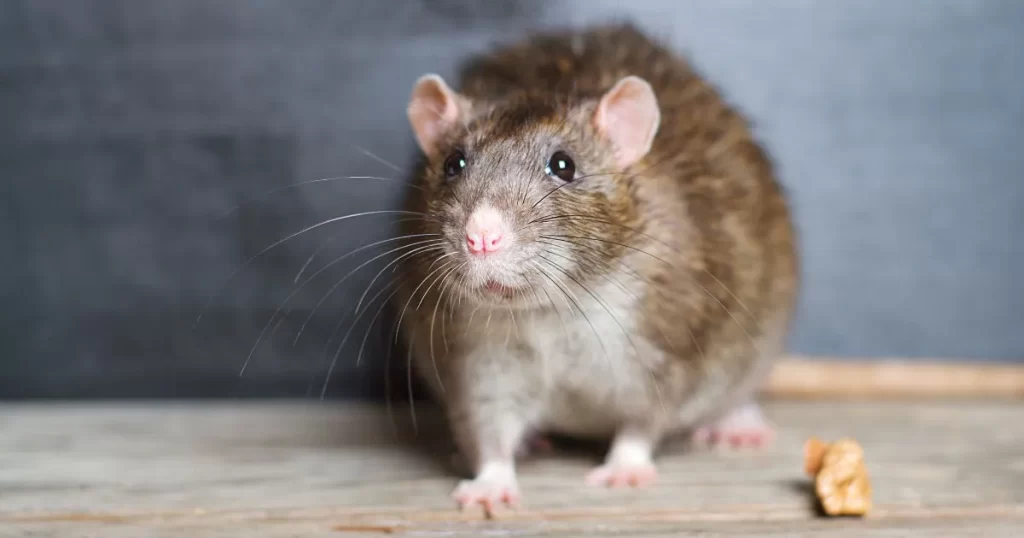
House mouse
The house mouse (Mus musculus) is a small-rat like rodent that is native to Asia but has since been introduced to virtually every corner of the world. House mice are common pests in both rural and urban areas, known for their ability to thrive in almost any environment. In Australia, the house mouse is a relatively recent arrival, having only arrived on ships in the 1700s.
House mice are known for their ability to reproduce quickly and their tendency towards infestation of homes and other buildings. They have a highly adaptable nature that allows them to survive even in areas with limited resources.
House mice are active throughout the year but prefer warm, dry environments. They usually feed on seeds and grains and can consume up to 3 grams of food each day.
House mice can be distinguished by their pointed snouts, long tails, and large ears relative to their body size. They typically weigh between 12-30 grams when fully grown and range in colour from grey-brown to black.
Despite their small size, they pose significant health risks as they can carry diseases such as salmonella and Hantavirus. Efforts have been made to control house mouse populations in Australia through various methods including poison baits and trapping programs.
However, the effectiveness of these programs depends heavily on factors such as environmental conditions, population density, and individual behaviour patterns of rodents. As with many introduced species in Australia such as rats, black rats or brown rats which have negatively impacted native species populations, managing house mouse populations remains an ongoing challenge for communities across the country.
| Feature | Description |
| Scientific name | Mus musculus |
| Common name | House mouse |
| Size | Body length: 2.5-3.5 inches; Tail length: 2-3 inches |
| Weight | 0.5-1 ounce |
| Colour | Grey or brown fur, with white underbelly |
| Diet | Omnivore; eats seeds, fruits, vegetables, insects, and other small animals |
| Lifespan | 1-2 years in the wild; 3-4 years in captivity |
| Habitat | Found worldwide, but most common in human dwellings |
| Behaviour | Social animals; live in groups of 10-20 individuals |
| Reproduction | Female house mice can give birth to litters of 6-8 young every 3 weeks |
| Significance | House mice are a major pest of agriculture and human dwellings; they can also carry diseases, such as the plague |
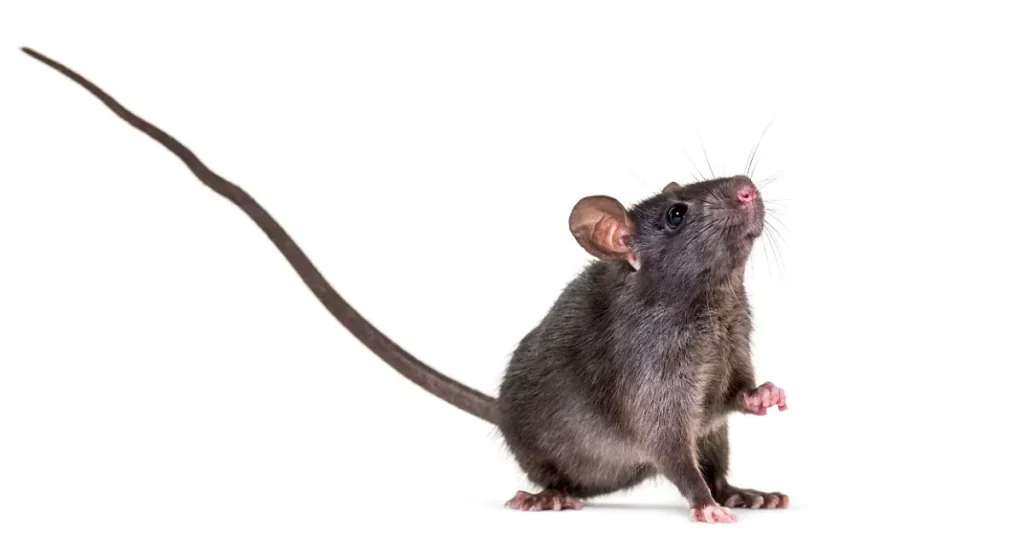
Black rat
The Black Rat, also known as the roof rat or ship rat, is a small-rat-like rodent that originated from Southeast Asia. They have pointy faces, large ears, and long tails that are longer than their bodies.
They prefer to live in warm climates and usually build their nests in high places like roofs or trees. In Australia, the Black Rat is considered an invasive species and poses a threat to several native species.
They compete with other rodents such as the native Bush Rat and Common Dunnart for food and habitat. Additionally, they prey on small marsupials like Antechinus which can lead to a reduction of these populations.
They are known carriers of diseases such as leptospirosis and salmonellosis which can be transmitted to humans through contact with their urine or faeces. They can also cause damage to buildings by chewing through wires, insulation, and woodwork.
It is important to note that if you suspect a Black Rat infestation in your home or business it is essential to act quickly. Professional pest control services can help eliminate them before they cause any harm to your property or health.
| Characteristic | Description |
| Scientific name | Rattus rattus |
| Common name | Black rat |
| Size | Head-body length: 16-22 cm; Tail length: 18-26 cm |
| Weight | 150-250 g |
| Colour | Black or dark brown fur, with a paler belly |
| Diet | Omnivore, eats a variety of foods including fruit, vegetables, meat, and insects |
| Habitat | Found in a variety of habitats, including forests, urban areas, and ships |
| Behaviour | Social animal, lives in colonies of up to 100 individuals |
| Reproduction | Gestation period: 21 days; Litter size: 4-8 pups |
| Lifespan | 1-2 years |
| Distribution | Found worldwide, except for Antarctica |
| Conservation status | Least concern |
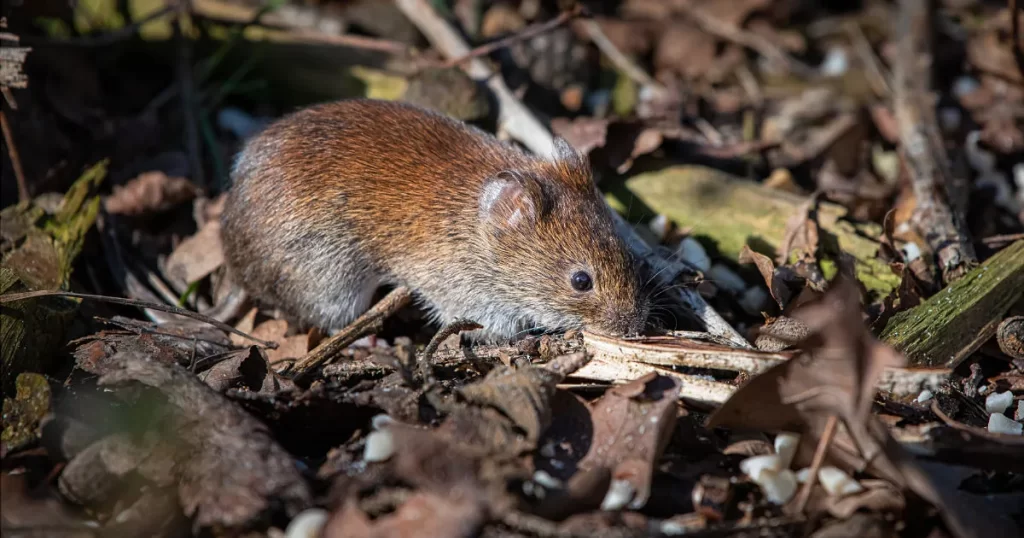
Brown rat
The brown rat, also known as the Norway rat, is one of the most common and destructive invasive species in Australia. Originally from northern China and Mongolia, these rodents were introduced to Australia by European colonists in the late 18th century. Brown rats are larger than house mice and have a distinctive pointed snout, small eyes and short ears.
They are excellent climbers and swimmers and can easily infest homes, farms, gardens, and urban areas. Brown rats are omnivorous rodents that feed on a wide variety of foods such as plant material, fruits, insects, small mammals like antechinus or other marsupials.
They also scavenge for human garbage and can cause significant damage to crops, stored food products, buildings, electrical wiring systems. Brown rats carry diseases that can be transmitted to humans through their urine or droppings such as leptospirosis or hantavirus.
Despite being a non-native species with few natural predators in Australia besides birds of prey like owls or eagles or some larger reptiles like snakes or monitor lizards, brown rats have adapted well to their new environment which lacks any large native ground predators (like dingoes) due in part to their high reproductive rates: females can produce several litters per year with up to 12 offspring per litter. Additionally they avoid competition through ecological niche partitioning due their slightly different biology from native rodent species like the bush rat; this has allowed them to become one of the dominant pest animals in Australia alongside its close relative the black rat (Rattus rattus).
To control brown rat infestations in households or public areas it is important to take preventive measures such as keeping garbage cans tightly sealed overnight so as not attract them into your garden for example; avoiding leaving pet food out overnight which also attracts rodents including mice; sealing cracks around doors/windows where they may enter your home. Additionally, if an infestation takes hold, baiting with commercial poisons or traps can be used to control the population although care must be taken with placement to avoid affecting native species that may have similar biologies like small-rat like marsupials known as dunnarts that forage on the ground.
| Characteristic | Description |
| Scientific name | Rattus norvegicus |
| Common name | Brown rat |
| Size | Head-body length: 17-22 cm; Tail length: 19-23 cm |
| Weight | 200-500 g |
| Colour | Brown fur, with a paler belly |
| Diet | Omnivore, eats a variety of foods including grain, fruit, vegetables, meat, and insects |
| Habitat | Found in a variety of habitats, including urban areas, farms, and sewers |
| Behaviour | Social animal, lives in colonies of up to 100 individuals |
| Reproduction | Gestation period: 21 days; Litter size: 6-12 pups |
| Lifespan | 2-3 years |
| Distribution | Found worldwide, except for Antarctica |
| Conservation status | Least concern |
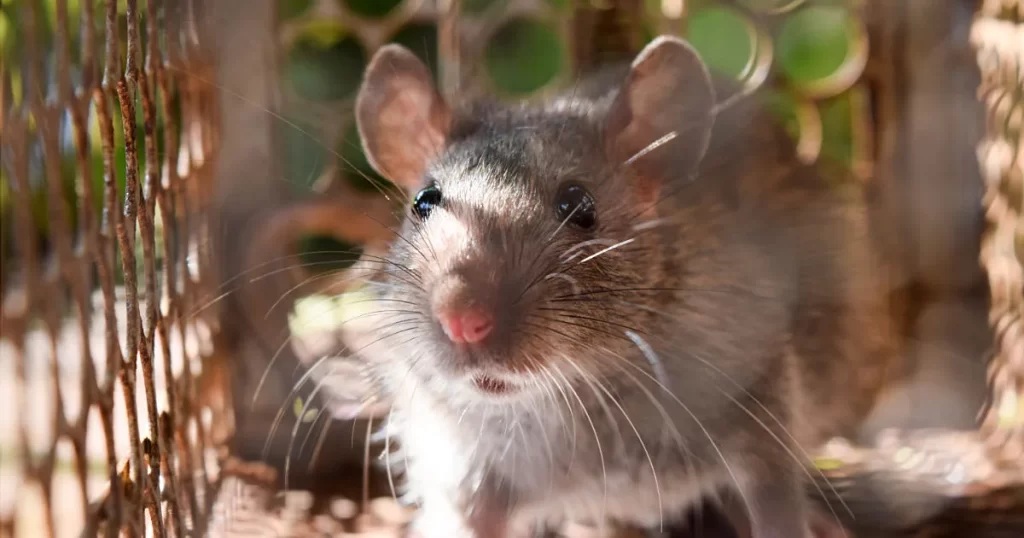
Bush rat
The bush rat, also known as the swamp rat or the short-tailed rat, is a small-rat-like native species of rodent that is found throughout Australia. These nocturnal marsupials are commonly found in dense forests, grasslands, and other habitats with thick vegetation cover.
Bush rats are opportunistic feeders and will consume a large range of plant material and invertebrates. While bush rats are generally not considered pests like house mice or rats, they can still cause problems if they enter homes or buildings looking for food.
Like other rodents, bush rats have sharp teeth that allow them to gnaw through wood and other materials to gain entry into buildings. Once inside, these animals can cause damage by chewing on electrical wiring or insulation.
Despite being relatively common throughout Australia, little is known about the ecology and behaviour of bush rats. Studies have shown that these rodents play an important role in ecosystem functioning by helping to disperse seeds and recycle nutrients through their faeces.
Additionally, bush rats may be important prey items for predators such as owls and snakes. Overall, while bush rats may not pose the same level of threat as other more damaging rodent species like brown rats or black rats when it comes to causing infestations in human-occupied spaces – these small mammals still play an ecologically important role within their native habitat.
| Characteristic | Description |
| Scientific name | Dasyuroides byrnei |
| Common name | Bush Rat |
| Size | Head-body length: 15-20 cm; Tail length: 15-20 cm |
| Weight | 100-150 g |
| Colour | Brown fur, with a paler belly |
| Diet | Omnivore, eats a variety of foods including insects, fruits, and seeds |
| Habitat | Found in a variety of habitats, including woodlands, grasslands, and deserts |
| Behaviour | Solitary animal, lives in burrows or under logs |
| Reproduction | Gestation period: 30-35 days; Litter size: 2-4 pups |
| Lifespan | 2-3 years |
| Distribution | Found in Australia |
| Conservation status | Least concern |
Conclusion
Australian rodents are a diverse group of animals that play a critical role in the ecosystem. As we have seen, there are different types of rodents in Australia, ranging from small-rat-like animals such as the bush rat to larger marsupials like the common dunnart.
While some of these species have been introduced and are considered pests, others are native and have adapted to life on this continent for thousands of years. Despite their often-negative reputation as carriers of diseases or pests that cause infestations in homes and agricultural settings, it is important to recognize the vital role that rodents play in maintaining our environment.
They are preyed upon by many other species such as owls and snakes, helping to maintain balance within ecosystems. The importance of conserving native rodent species cannot be overstated either.
Antechinus for example is one such rodent whose populations have seen rapid declines due to habitat loss and other factors. Efforts must be made to protect these vulnerable animals before they become extinct.
Overall, while rats and mice may not be the most beloved creatures in our society, they deserve respect for their adaptability, resilience and unique place within Australia’s ecosystem. By increasing public awareness about these animals, we can work towards more sustainable solutions for coexisting with them while minimising negative impacts on human health or property.
For residents in Cairns, Ridapest offers specialised rat control services. Visit our page on rat control in Cairns for detailed information on our comprehensive solutions. Whether it’s preventive measures, trapping, or ongoing monitoring, Our team of experts ensures a rodent-free environment, safeguarding your property and peace of mind.
Keep Diving into Cairns Pest Insights:
- 🦗 Ready to conquer cockroach concerns? Delve into the world of Australian Cockroaches and discover how to bid farewell to these persistent pests. Cairns cockroach control made simple!
- 🛏️ Time for a peaceful sleep without worries? Check out our guide to Australian Bed Bugs and learn effective methods to banish these nighttime nuisances. Say hello to Cairns bed bug-free nights!
Frequently Asked Questions
Which rodent species is frequently found in Australia?
The bush rat, a medium-sized rodent with a long tail, is frequently found in Australia. It is an omnivore, eating insects, seeds, and fruit. It inhabits diverse habitats like woodlands, forests, and grasslands.
How many rodent species exist in Australia?
Australia is home to more than 100 rodent species, varying in size from the petite white-footed tree-rat, measuring a mere 2 inches in length, to the sizable water rat, capable of reaching up to 2 feet in length.
Which Australian rodent bears resemblance to a rat?
The brush-tailed rabbit rat, an Australian rodent resembling a rat, possesses a lengthy, bushy tail and measures approximately 12 inches in body length. These rats inhabit woodlands and forests in eastern Australia, displaying omnivorous feeding habits that encompass insects, seeds, and fruit consumption.
What is a diminutive rodent-like creature native to Australia?
The hopping mouse, a small rodent-like creature indigenous to Australia, showcases remarkable agility and the ability to leap over substantial distances. These mice can be found across diverse habitats such as woodlands, forests, and grasslands. As omnivores, hopping mice have a varied diet that includes insects, seeds, and fruit.
Which animal is often misidentified as a rodent?
The echidna, frequently mistaken for a rodent, is actually an egg-laying mammal closely related to platypuses. These unique creatures possess long, sharp spines and a snout resembling a beak. Echidnas can be found in Australia and New Guinea and have a diet primarily consisting of ants and termites.
What rodent resembles a mouse but differs in species?
The spinifex hopping mouse, resembling a mouse but distinct in species, is a small, hopping rodent found in Australia’s arid regions. With long, spiny tails and sharp claws, they are omnivores, consuming insects, seeds, and fruit.

Or Mathias
Passionate owner of Ridapest Termite & Pest Control in Cairns, Australia, leveraging over five years of industry experience to provide pet and family-friendly pest control solutions. Known for his dedication to customer satisfaction and environmental safety, Or has grown Ridapest into a leading service, setting new standards in pest control while keeping homes and businesses safe.
